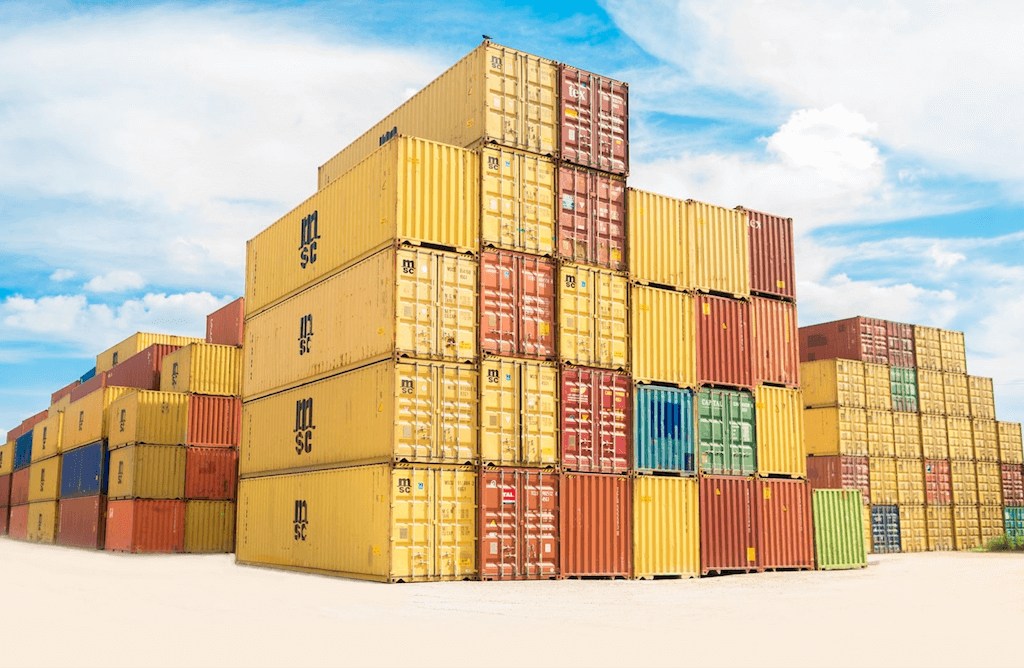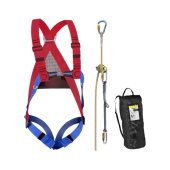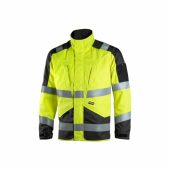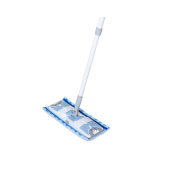To many procurement professionals across Europe, the pressure to optimise supply chains, negotiate advantageous contracts, and bolster the bottom line is an ever-present reality.
This constant drive towards improvement has led to an increasing reliance on one indispensable asset – a thorough understanding of the Total Cost of Ownership (TCO).
But what exactly does TCO entail, and why is it so critical in procurement?
What does Total Cost of Ownership (TCO) mean?
Total Cost of Ownership, or TCO, is a comprehensive financial estimate that encapsulates all costs associated with a product or service throughout its entire lifecycle, from initial acquisition to eventual disposal.
TCO goes beyond the initial purchase or procurement costs, taking into account a multitude of both direct and indirect costs. This all-encompassing perspective empowers procurement specialists to make more informed decisions, enabling them to consider not just the initial purchase price, but the entire spectrum of associated costs.
What is Total Cost of Ownership (TCO) in procurement?
In the world of procurement, TCO represents a critical tool that procurement professionals can leverage to make informed decisions. It incorporates all the costs involved in acquiring, operating, maintaining, and finally disposing of a product or service.
For example, when procuring Personal Protective Equipment (PPE) such as safety gloves or goggles, not only the purchase price but also factors like storage costs, maintenance, training for correct usage, and disposal costs contribute to the TCO.
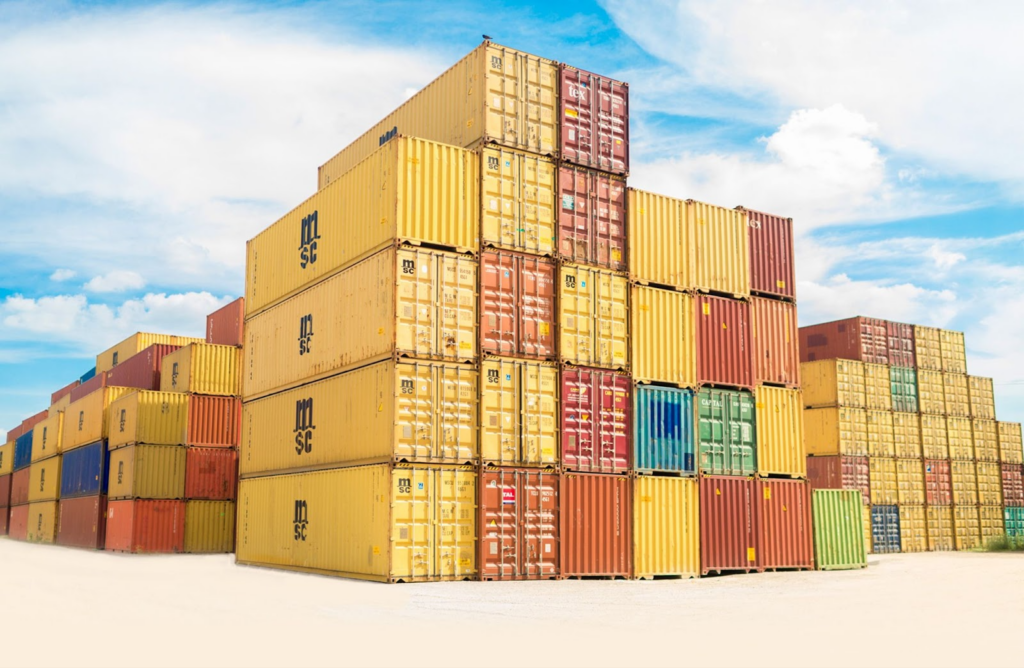
Why is Total Cost of Ownership (TCO) important?
Understanding TCO is critical as it provides a fuller picture of costs than the purchase price alone. It allows procurement specialists to evaluate and compare suppliers on more than just the purchase price. By considering TCO, you might find that a supplier offering a higher purchase price but lower maintenance or disposal costs could be a more cost-effective choice in the long run.
How is Total Cost of Ownership (TCO) calculated?
To calculate your Total Cost of Ownership, you need to take into account all the different costs that come with a product or service, including both direct and indirect costs.
Direct costs are the obvious ones – in other words, they are what you pay to buy or get hold of the product and they’re the first numbers that catch our eye on an invoice.
However, the path to mastering TCO lies in unearthing and understanding the more elusive indirect costs that often go unnoticed. Indirect costs can include a range of factors such as storage costs, maintenance costs, training costs, and disposal costs.
Keeping this fundamental distinction in mind, these are the concrete steps you should take to calculate your Total Cost of Ownership:
- Identify direct costs: The first step is to quantify your direct costs – the most apparent being the purchase or procurement costs. For example, in the case of Personal Protective Equipment (PPE) like safety gloves and goggles, this would be the cost of purchasing these items.
- Assess indirect costs: This step requires a more in-depth look. Indirect costs can encompass a wide variety of factors, including storage costs, maintenance costs, training costs, and disposal costs. For instance, with industrial cleaning supplies like industrial cleaners, the indirect costs could include the cost of storing these products and training staff on their correct usage.
- Factor in lifecycle costs: Consider the entire lifecycle of the product. For instance, for Personal Protective Equipment like face masks and respirators, this means looking beyond the initial procurement cost. What are the inventory costs of storing these items until they’re used? And at the end of their lifecycle, what are the disposal costs?
- Evaluate sustainable procurement options: Sustainability is an increasingly crucial aspect of procurement. Could opting for biodegradable options reduce your disposal costs and simultaneously boost your company’s sustainability profile?
Next, we will explore how various the following factors shape your Total Cost of Ownership (TOC) and how to take them into account:
- How direct and indirect costs contribute to TCO
- The importance of strategic sourcing in reducing TCO
- The role of maintenance costs in TCO
- Spend Analysis and Lifecycle Costing: Tools for Understanding TCO
- Inventory costs and their impact on TCO
- The role of procurement optimization in reducing TCO
- Training costs: an often overlooked aspect of TCO
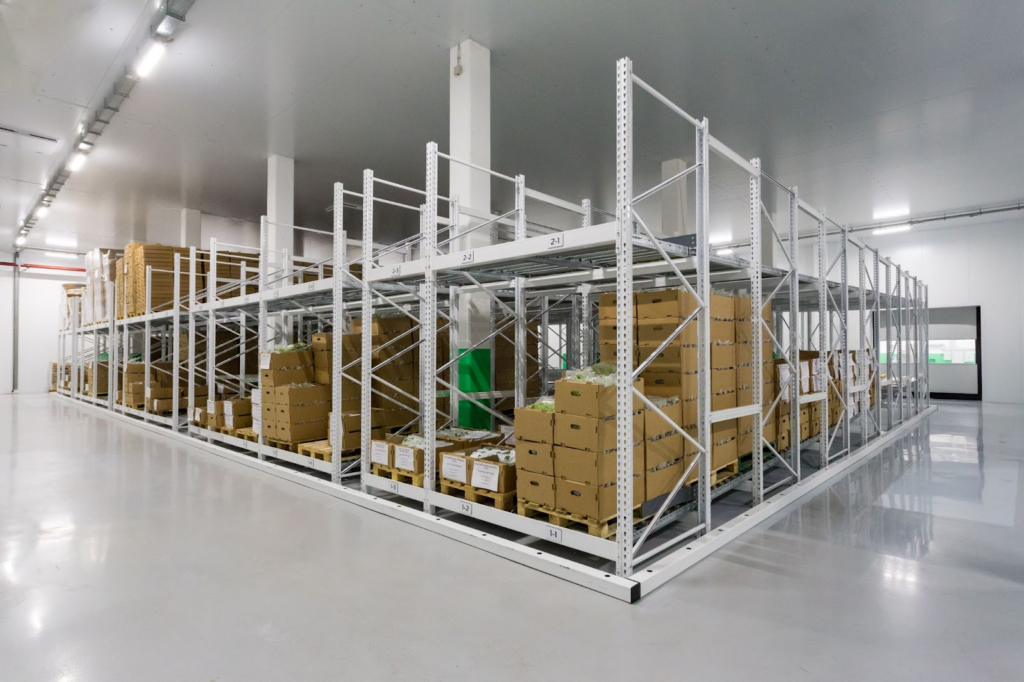
The importance of strategic sourcing in reducing TCO
In the intricate world of procurement, strategic sourcing takes centre stage in the endeavour to reduce the Total Cost of Ownership (TCO). It pushes us to look beyond the simple lowest price tag, urging us to seek the best overall value instead.
Imagine you’re sourcing workwear like aprons and protective sleeves.
The lowest-priced supplier might seem like an attractive option initially. But what if the product quality is subpar, leading to inefficiencies or even health and safety issues in your operations? And let’s not forget the growing importance of sustainability. If a supplier’s approach aligns well with your company’s sustainability goals, this could significantly reduce disposal costs and enhance your company’s reputation.
Strategic sourcing compels us to take all these factors into account. It champions the holistic view that embraces supplier reliability, product quality and conformity to safety standards alongside the initial price.
This wider perspective empowers procurement professionals to make decisions that may not just minimise TCO in the short term, but also add value in the long term.
Besides, quality products don’t always have to break the bank, and this is exactly where a marketplace like Droppe can make a difference.
Droppe is a wholesale marketplace where you can easily browse an extensive catalogue of 150,000+ products from 100+ trusted European suppliers and compare their offers based on price, delivery time, product specs, and much more.
The role of maintenance costs in TCO
Maintenance costs, often lurking in the shadows, can significantly impact your Total Cost of Ownership (TCO).
We can take Personal Protective Equipment (PPE) like fall protectors and harnesses.
The upfront procurement cost of these supplies is a direct, easily identifiable expense. However, the whole product lifecycle also includes regular maintenance, replacement and disposal when the equipment is depleted – all of which gradually inflate the TCO.
Consider this other scenario: the effectiveness of cut protection gloves diminishes as they are used more frequently. Every time you need to replace these gloves, you’re not just dealing with the cost of a new pair, but also the potential disposal expenses for the old gloves and their packaging. The more rapidly these gloves wear out and need replacing, the higher your maintenance costs will climb, thereby escalating your Total Cost of Ownership (TCO).
In our journey to master TCO, you must learn to recognise these hidden contributors and account for them when making procurement decisions.
At Droppe, we know this well, and this is also the reason why we give buyers the possibility to test products for free before proceeding to a large purchase. Check our catalogue of 150,000+ products and request your free samples to make well-informed decisions.
Spend analysis and lifecycle costing: tools for understanding TCO
Unlocking the intricacies of Total Cost of Ownership (TCO) often requires the application of key tools in the procurement professional’s toolkit: spend analysis and lifecycle costing.
Spend analysis is akin to a detailed financial map, illustrating where the organisation’s funds are being invested. By shedding light on spending patterns, it can highlight potential opportunities for savings.
On the other hand, lifecycle costing delves into the complete journey of a product, from initial procurement to final disposal. Picture restaurant supplies such as disposable cups and cutlery. Lifecycle costing doesn’t just consider the initial purchase price, it takes into account the disposal costs of these single-use items, offering a more precise depiction of their TCO.
Armed with these tools, the task of mastering TCO becomes a more achievable feat.
Inventory costs and their impact on TCO
Inventory costs, often underestimated, can play a pivotal role in shaping your Total Cost of Ownership (TCO).
Inventory costs encompass both the tangible expense of storing products and the financial opportunity cost of capital locked in inventory.
To illustrate, let’s consider tangible items such as garbage and waste bags. While they may appear insignificant, the storage space they consume can add up quickly, incurring substantial costs, particularly in urban areas where storage space comes at a premium.
In addition, you should always remember that the funds invested in procuring and maintaining a sizable inventory of these bags represent capital that could be deployed elsewhere within the business. This is the cost of capital – an indirect cost that, while not immediately visible, can significantly influence the TCO.
In essence, to master the full spectrum of TCO and refine your procurement optimisation strategies, you should always account for the inventory costs tied up in even seemingly mundane items, like garbage bags or cleaning cloths.
The role of procurement optimisation in reducing TCO
Procurement optimisation plays an instrumental role in curbing the Total Cost of Ownership (TCO).
As an instance, let’s consider a common scenario in the procurement of indirect supplies, such as Personal Protective Equipment (PPE). By sourcing multiple products – e.g. safety gloves, goggles, and helmets – from a single supplier. This approach is rooted in practicality: acquiring in bulk can often secure better pricing and minimise shipping costs.
However, it’s worth considering the tangible advantages of a broader supplier base. A larger pool of suppliers presents an opportunity for you to compare and select the best volume deals on your go-to supplies, and this is where a marketplace like Droppe can tip the scale in favour of your TCO.
On Droppe you can compare the catalogues and purchase from a pool of 100+ trusted European suppliers all in one consolidated invoice. This streamlined approach will simplify your procurement process, potentially reducing administrative costs, which are a critical indirect factor in the TCO.
Training costs: an often overlooked aspect of TCO
An often neglected facet of Total Cost of Ownership (TCO) is the cost of training, an indirect expense that can substantially influence your TCO.
For instance, imagine a scenario where a company decides to upgrade to a new kind of oxygen mask, protective sleeves, or overalls. While the initial purchase cost is straightforward to calculate, the TCO doesn’t stop there.
Employees will need to be adequately trained to use these new protective items correctly. This process involves not just the direct cost of training sessions, but also the time spent by employees in learning, which represents a form of opportunity cost. These indirect costs, though less obvious, add to the TCO and should be factored into any procurement decision.
Therefore, as procurement professionals, acknowledging and accounting for training costs is an essential step in mastering TCO, leading to more informed procurement decisions and better financial management.
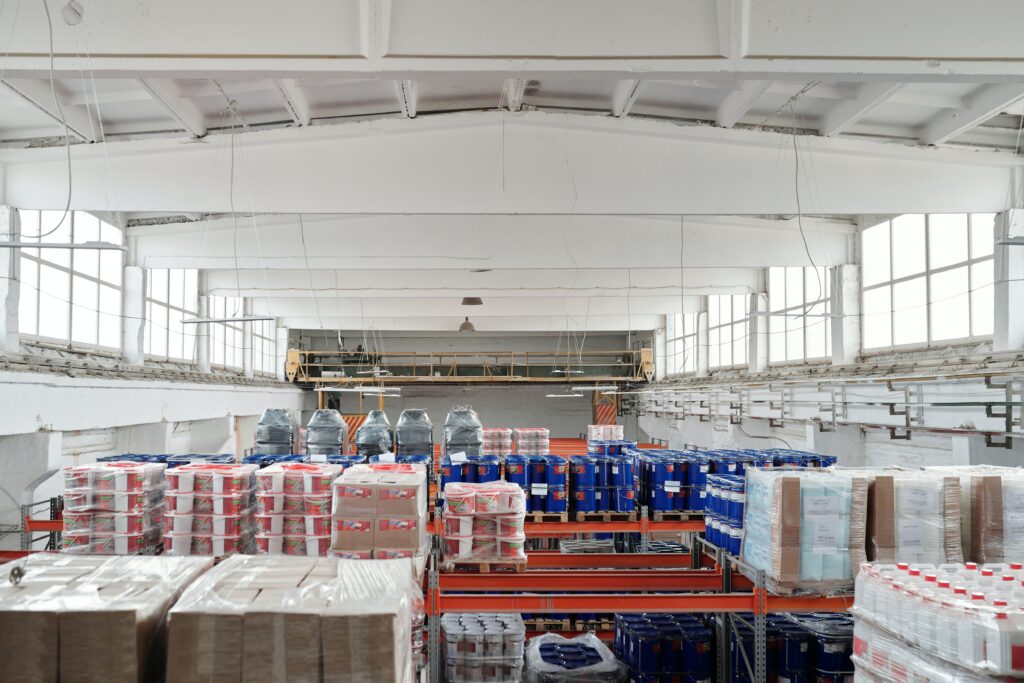
Conclusion
In the dynamic realm of procurement, understanding and mastering the Total Cost of Ownership (TCO) is not merely a bonus, it is a must. Mastering TCO involves a thorough understanding of direct and indirect costs and a strategic approach to sourcing, inventory management, and procurement optimisation.
In fact, TCO encompasses more than just the upfront costs of acquiring goods, be it Personal Protective Equipment (PPE), industrial cleaning supplies, or workwear. The indirect costs – from storage and maintenance to training and disposal costs – significantly impact the overall financial equation.
Strategic sourcing, spend analysis, lifecycle costing, and procurement optimisation also play a crucial role in managing TCO. They enable you to discern the best value suppliers, identify potential savings areas, and streamline our procurement processes.
By following these guidelines, you can create all the right basis for a procurement strategy that is not only cost-effective but also sustainable and future-proof.

